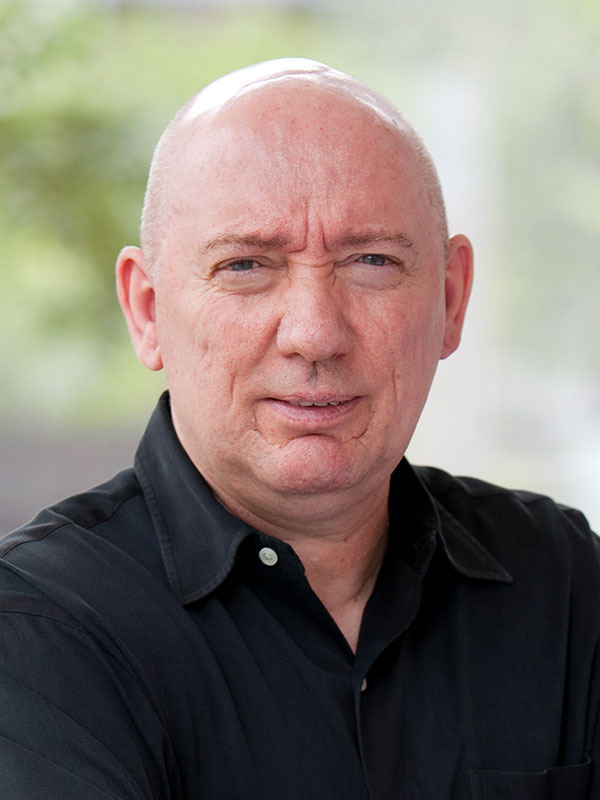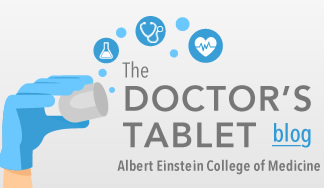Calculating Cancer Risk
Breakthrough in Detecting Mutations in Genomes of Single Cells
March 20, 2017—(BRONX, NY)—Einstein researchers have developed and validated a method for accurately identifying mutations in the genomes of single cells. The new method, which can help predict whether cancer will develop in seemingly healthy tissue, is described in a paper published in today’s online edition of Nature Methods. The corresponding author is Jan Vijg, Ph.D., professor and chair of genetics and the Lola and Saul Kramer Chair in Molecular Genetics.

Jan Vijg, Ph.D.Before scientists can analyze the genome of a single cell, they must first obtain sufficient amounts of its DNA—a process known as whole genome amplification (WGA). But WGA typically produces errors in nucleotide sequences that may falsely indicate the presence of mutations. In their Nature Methods paper, Dr. Vijg and colleagues describe a new method for accurately identifying the presence of mutations (technically referred to as single nucleotide variants) in the genomes of single cells.
The Einstein researchers’ new method combines two techniques that they developed: an improved WGA method called single-cell multiple displacement amplification (SCMDA); and a single-cell variant “caller,” which corrects for nucleotide-sequence errors that may be caused by gene amplification. Head-to-head comparisons showed that the Einstein method outperformed several methods now marketed for genome analysis.
“Being able to identify DNA mutations in single cells in the human body is important, since it can tell us who might be at risk for developing early-onset cancer,” says Dr. Vijg. As an example, he cites women who develop breast cancer at a young age. For some of these women, breast cancer results from heritable mutations in the DNA repair genes BRCA1 or BRCA2. These defects in DNA repair permit increased numbers of mutations to develop in breast cells, resulting in cancer.
“Being able to identify DNA mutations in single cells in the human body is important, since it can tell us who might be at risk for developing early-onset cancer.”
– Jan Vijg, Ph.D.
“But many women develop cancer early even without a BRCA1 or BRCA2 mutation,” Dr. Vijg notes. “These women could also have a defect in DNA repair—but we don’t know, because DNA repair is so complex. Our genome analysis method allows us, for the first time, to assess their breast-cancer risk directly. We can sequence several single cells to see how many mutations arose spontaneously in these cells and if the number of mutations is significantly higher than in the cells of women who did not develop early cancer.”
In addition to assessing cancer risk in people, says Dr. Vijg, the new method for identifying mutations in single cells should help to reveal the role of mutations in human aging.
The paper is titled “Accurate identification of single nucleotide variants in whole genome amplified single cells.” Other Einstein authors of the paper are lead author Xiao Dong, Ph.D., Lei Zhang, Ph.D., Brandon Milholland, Ph.D., Moonsook Lee, Alexander Y. Maslov, M.D., Ph.D., and Tao Wang, M.D., Ph.D. Dr. Vijg, Dr. Dong, Dr. Zhang, Dr. Maslow and Ms. Lee have a financial interest in a company that uses the technology described in this article.
Other Top Stories
9/11 World Trade Center Exposure Linked to Heart Disease Among NYC Firefighters
On Becoming a Physician: New Einstein Students Receive White Coats and Stethoscopes
Novel Therapy for Acute Migraine Shows Promise in Phase 3 Clinical Trial
First Complete Wiring Diagram of an Animal's Nervous System
Multimillion Dollar NIH Grant to Help Reduce Opioid Use & Get Care to People Who Need It
NIH Grant Funds $23 Million Study of Diseases Affecting People Living with HIV
New TAILORx Data Guides Adjuvant Therapy in Younger Breast Cancer Patients
Einstein Celebrates Its 61st Commencement
Bolstering Biopsies: Testing Patients' Individual Cells to Guide Treatment



Tablet Blog